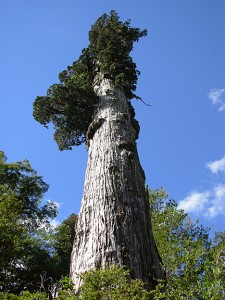
The beautiful Alerce trees, Fitzroya cupressoides, grow in the cool rainforests of Chile, just to the west of the Andes. The Alerce are members of the same conifer family as the redwoods (the Cupressaceae) and the two species share many striking similarities.
As Ruskin mentioned, the Alerce live as far south of the equator as redwoods live north of the equator. Mature Alerce can reach heights of nearly 200 feet, grow trunks up to 16 feet in diameter, and live for more than 3,000 years. However, the Alerce giants were logged in the twentieth century and from the stumps left behind it is thought that many of the largest trees are gone. Noted for their timber value, many Alerce forests in Chile were heavily logged to extract Alerce wood for building materials, including roof shingles. One account notes that Alerce shingles placed on a roof more than 130 years ago are still perfectly intact, a testament to the amazing rot-resistance of the wood.
The Chilean government banned harvesting of Alerce trees and export of Alerce wood in 1976, but this legislation came too late to protect the magnificent species in many of the lowland areas of Chile, where it historically dominated the forests. Unlike redwoods, Alerce are very slow-growing and restoration of harvested forests is extremely difficult. Today, the remaining Alerce giants can only be found standing at the base of the Andes. I’m ready to pay them a visit and see for myself how much they have in common with redwoods!
In 2012, Save the Redwoods League’s collaborated with Chilean conservationists to help create a sister national park to California’s Redwood National and State Parks. Learn more about other redwood relatives found throughout the world and visit our new webpage!
Reference: Farjon, A. 2005. A Monograph of Cupressaceae and Sciadopitys. Royal Botanic Gardens, Kew, Sussex, England.

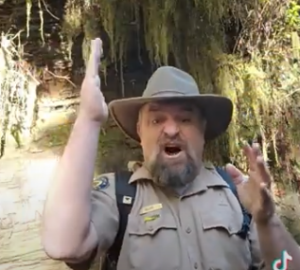
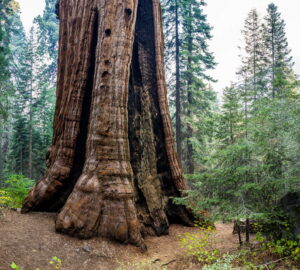
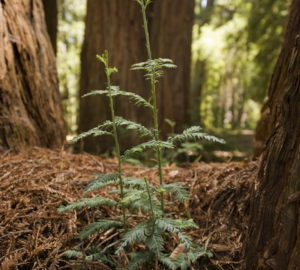
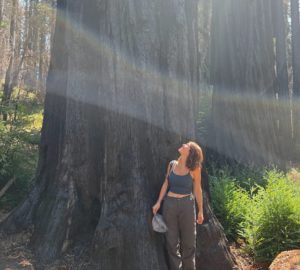


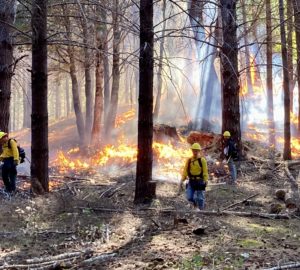
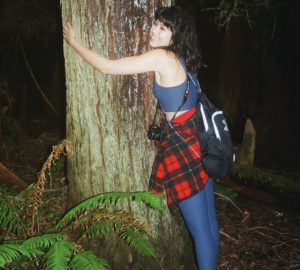
10 Responses to “Redwood Relatives South of the Equator”
Thomas Neel
I remember seeing these trees a while ago, and I was stricken by the similarity in these species to that of Sequoiadendron in California, with the biggest difference being the colour of the bark and the difference in the cones. They truly are the Sequoia or Redwood of the south. Is there any evidence that the different species in Cupressaceae, specifically that of the Redwoods, Sequoia, Alerce and a few other species like Cryptomeria and Athrotaxis, all may have come from a similar ancestor, and just through time grown to have some differences from each-other?
John F
Redwoods grow in in the US a relative of the Alerce tree.
Diego Escudero
We also have native forests of Alerces in Argentina, even a National Park called “Parque Nacional Los Alerces” in Chubut, where there’s a place almost “closed-down” to tourism to protect the oldest individuals still alive.
Save the Redwoods League
Thanks so much for all the comments and interesting information!
Gail Noon
The 3,700 is probably correct !!!…….I’m a lifelong environmentalist, but I’m also a Bible-fundamental Christian, and per icr.org scientists, everything in nature points to 1. the Bible being CORRECT in its content…….and 2. that the “Young Earth” theory is ALSO true. ICR scientists (per their website, and their magazine) state that there has NEVER, EVER been ANY confirmed proof or evidence of Evolution !!!!
joe band
no proof of evolution? i guess you shouldn’t use antibiotics or eat any domesticated foods… no evidence? i guess fred and barney really did play with the dinosaurs.
Doug Frederick
I took a sabbatical from NC State, Forestry Department to Valdivia, Chile in 2004. I visited the Alerce forests and also worked with the researchers at University de Austral. I believe Tim’s reported age of alerce is 3700 years not 37,000! Tim is right about the affinities between Australia and South America. The species has been severely exploited, especially on the lowlands between the coast range and the Andes. All that land is now in agriculture. Most of the alerce on those lowlands was cut and burned to clear the land. It was a great waste of a great resource. There are extremely few stands and individuals left in the lowlands. Here is a great restoration opportunity if funding could be secured. Alerce can be a fast grower on the right sites and current plantation silviculture knowledge could be very helpful in restoring this species. We can thank Douglas Tompkins for preserving most of the remaining natural stands in northern Patagonia. DF
Ronald Thompson
Can they be bought in the United States? Can any be seen in some of the redwood parks, as can be seen introduced dawn redwoods? Thank you from Crescent City, where they just might be grow able.
Deborah Zierten
Hi Ronald,
As for as I know these trees do not grow in the United States at all. I do not believe they are common in the horticultural industry although you might be able to find them at a city Botanical garden. I guess you will just have to travel to Chile to see these beauties.
Tim Upham
In 1993, one was found in Chile close to 37,000 years old. But botanists in Tasmania, Australia found a 35 million old fossil, which shows the floristic affinities between Australia and South America. These floristic affinities are called Antarctic flora.